How First Party Data can become a game changer for marketers
Despite the pandemic situation, DIGIXX 2021 Summit and Awards saw enthusiastic participation from brands and agencies. Held on April 9, DIGIXX 2021 featured guest speakers who delivered keynote addresses, joined panel discussions, and engaged in fireside chats.
The panel on ‘Building First Party Data Ecosystem’ provided several insights on how brands and marketers are generating and using first party data, the advantages and much more.
Moderated by Suveer Bajaj, Co-Founder, Zoo Media & FoxyMoron, the panellists included Abhishek Shah, Head of Marketing, BharatPe; Neeraj Sangani, COO, Hansa Cequity; and Sumeet Singh, CMO, InfoEdge India.
Presenting the differentiation on First, Second and Third Party Data from a brand perspective, Hansa Cequity’s Neeraj Sangani explained, “First Party Data is transaction or customer data that a brand or an organisation has or collects in the course of doing business with them. Typically, Second Party Data is when you tie up or associate with another brand. For example, debit card companies tying up with a bunch of fine dining restaurant. The Third Party Data from a brand’s perspective is everything else, that is, the social media piece, the digital piece, digital advertising, contacts that you get at a customer contact centers and much more. Thus, a huge amount of third-party data exists.”
Continuing his explanation from a publisher’s point of view, Sangani said, “From a publisher’s point of view, it is the first party data that they collect from the audiences. They receive millions of visitors on their site, they send out tons of emails almost on a daily basis. They run a lot of surveys for brands and other stuff, so there are multiple data points with which people are interacting with each other.”
There are several advantages of collecting this first party data, one of which is that it gives an understanding about the consumer/ TG to the brand. Citing an example, InfoEdge’s Sumeet Singh said, “When a person registers himself on websites for jobs, he fills in all his personal data on the website and with all that information and with the help of First Party Data, you know the places that the candidate is applying, where he or she is spending time, what kind of job is he/she is viewing and that gives us very rich information, because otherwise we would just look at his profile. So, when you have insights and when you look at data and try to drive insights from there, you can give a far more personalised and relevant experience to this job seeker. Today, technology has made it easy to not to just be personalised and relevant to a cohort, but to an individual as well, and that is what first party data really enables.”
There are several duplications at the consumer level at multiple touchpoints, as there are some users who use the same business for one form or the other, it becomes important for businesses with a variety of different merchants to move to first party data as it is dependent on second party data that you get through the merchants that they work with.
Speaking more on this, BharatPe’s Abhishek Shah said, “First Party Data becomes a game changer for us because we can create personalised experience and start creating cohorts and start targeting these merchants with separate campaigns. 20% of the people actually run 80% of the business, so that gives you a lot of leverage to play around with those 20% of your customers and of course, you can cross-sell and you can clean up campaign targeting based on people who have taken a certain action and interacted with a certain product or app. When you plugin automation tools with first party data that you are using, you can actually create razor sharp campaigns yielding great results. You can actually create a look-alike audience for your own platform, like you do it on Google and Facebook. We are using First Party Data in a big way to mainly grow our customers, who are revenue generators for us and also people who are sitting at the bottom of the pyramid. We keep targeting them using specified campaigns created on basis of those segments.”
Watch the entire session here:


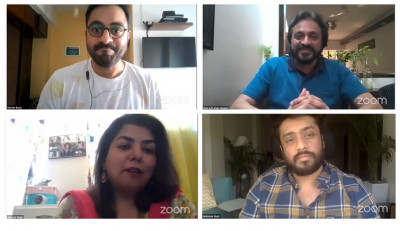






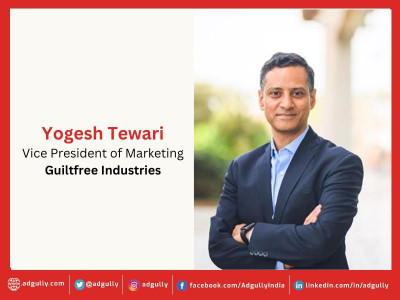
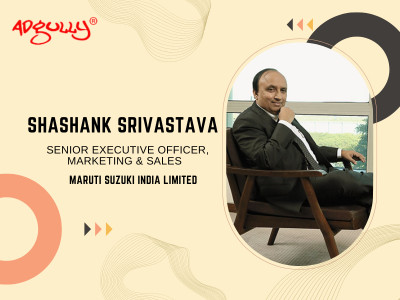
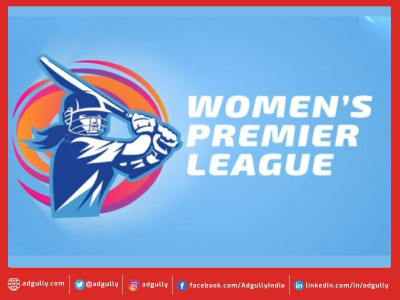
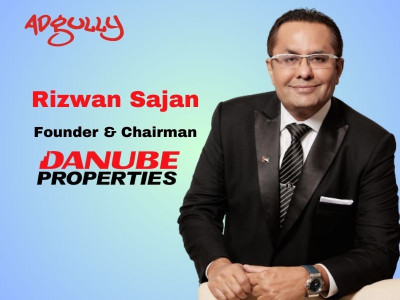
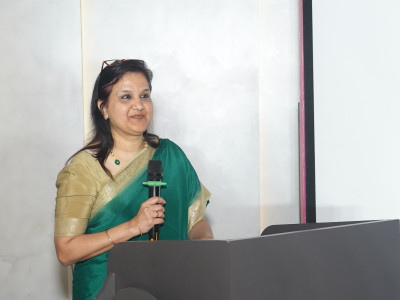



Share
Facebook
YouTube
Tweet
Twitter
LinkedIn